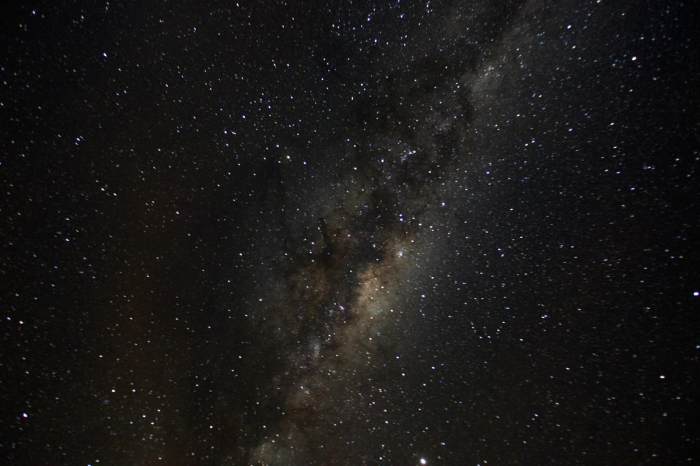The researchers on Thursday unveiled a three-dimensional map of the Milky Way - home to more than 100 billion stars including our sun - providing a comprehensive chart of its structure: a stellar disk comprised of four major spiral arms and a bar-shaped core region.
“For the first time, our whole galaxy - from edge to edge of the disk - was mapped using real, precise distances,” said University of Warsaw astronomer Andrzej Udalski, co-author of the study published in the journal Science.
Until now, the understanding of the galaxy’s shape had been based upon indirect measurements of celestial landmarks within the Milky Way and inferences from structures observed in other galaxies populating the universe. The new map was formulated using precise measurements of the distance from the sun to 2,400 stars called “Cepheid variables” scattered throughout the galaxy.
“Cepheids are ideal to study the Milky Way for several reasons,” added University of Warsaw astronomer and study co-author Dorota Skowron. “Cepheid variables are bright supergiant stars and they are 100 to 10,000 times more luminous than the sun, so we can detect them on the outskirts of our galaxy. They are relatively young - younger than 400 million years - so we can find them near their birthplaces.”
The astronomers tracked the Cepheids using the Warsaw Telescope located in the Chilean Andes. These stars pulsate at regular intervals and can be seen through the galaxy’s immense clouds of interstellar dust that can make dimmer stellar bodies hard to spot.
The map showed that the galaxy’s disk, far from flat, is significantly warped and varies in thickness from place to place, with increasing thickness measured further from the galactic centre. The disk boasts a diameter of about 140,00 light years. Each light year is about 6 trillion miles (9 trillion km).
The Milky Way began to form relatively soon after the Big Bang explosion that marked the beginning of the universe some 13.8 billion years ago. The sun, located roughly 26,000 light years from the supermassive black hole residing at the centre of the galaxy, formed about 4.5 billion years ago.
















































